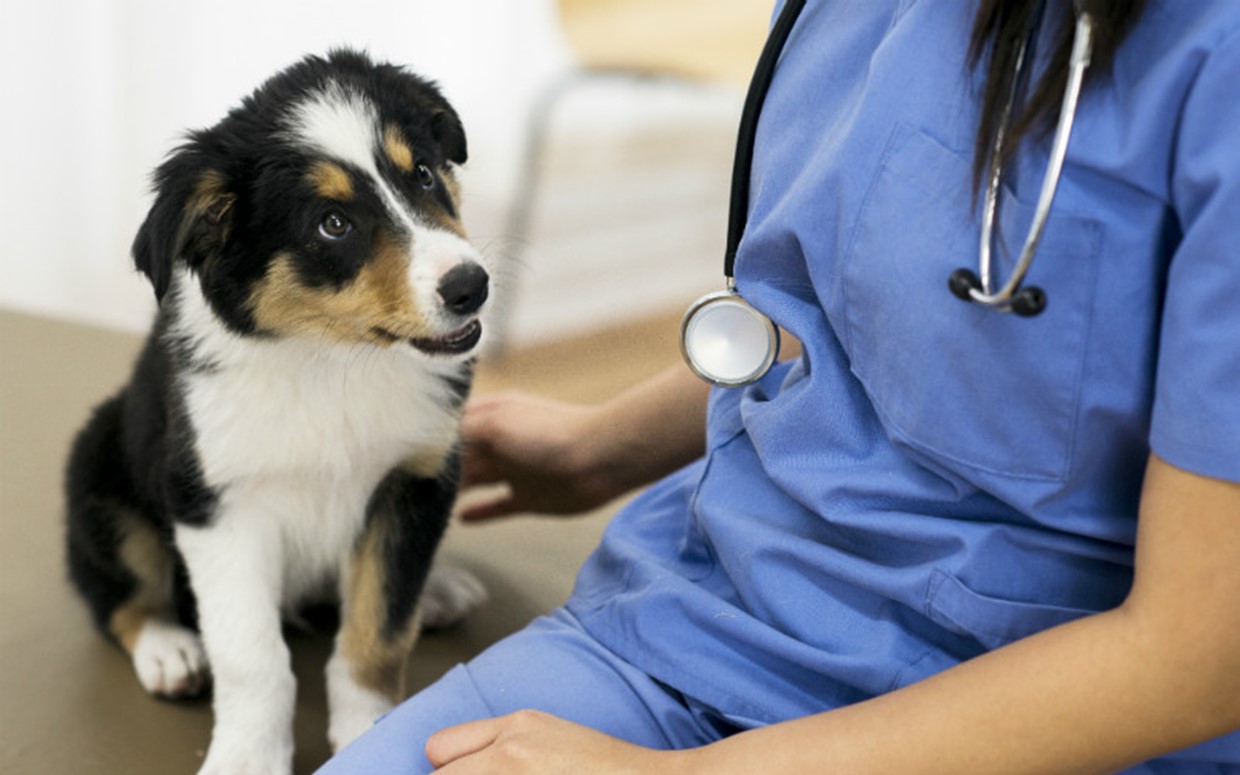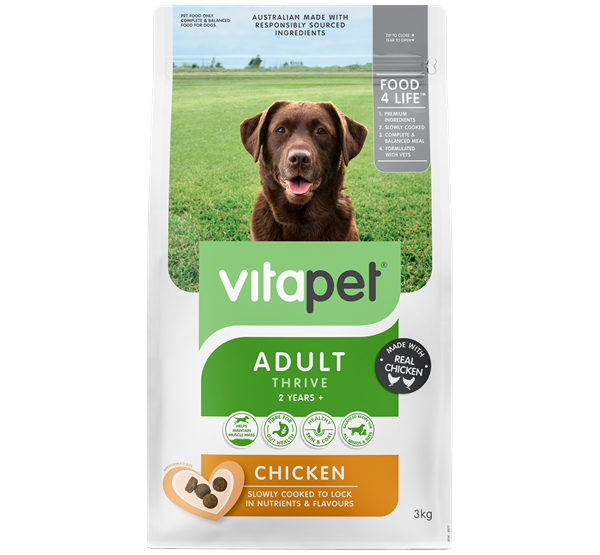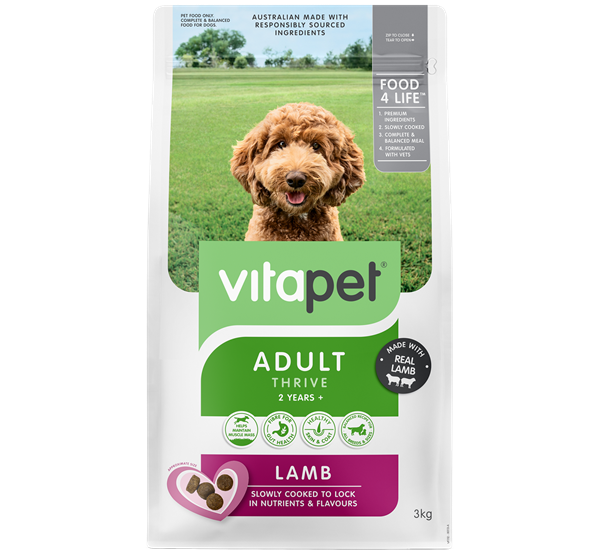It’s a funny thing about pets – how can they always tell when you’re getting in the car to go to the vet instead of somewhere fun? Nothing seems to make them turn tail faster than a trip to the fur-doctor.
But never fear: there are a few simple things you can do to make it a happy and stress-free experience for everyone involved, and get the most out of your time with the experts.
1. Take it easy
The perfect vet visit starts before you even leave home. Your best mate is always in tune with your emotions, so if you’re stressed or worked up beforehand they will be, too. For dogs, take a little walk first, snack on a few treats and then calmly make your way inside. Give cats a chance to sniff out their carrier and feel comfortable getting in – otherwise settle in for a serious scratch session.
2. Be on time
And by being on time, we mean at least five minutes early. This gives the wonderful vet nurses a chance to settle both you and your pet in, and you can deal with any paperwork. Just like at the human doctor: your lateness will have a ripple effect on other patients after you, so be mindful of others.
3. Take one at a time
If you have more than one fur-friend, don't try to squeeze all of them into the one appointment (unless you’ve confirmed this with the clinic first). You’re usually allocated 15 minutes with the vet, so it’s not enough time to discuss both Spot’s allergies and Fifi’s cough.
4. Be mindful of others
No-one likes to be sneezed on by a stranger and that includes our four-legged companions. If your pet has symptoms like sneezing or coughing, they might be contagious. Let the clinic know when you make your appointment and they may ask you to wait outside or in the car.
5. Remember your ‘vetiquette’
OK, we made that word up, but it’s important nonetheless. The waiting room can be a stressful place, so you need to keep everyone calm and under control. That means dogs on a short lead and cats in a carrier, ideally off the ground and away from curious noses.
If your dog becomes too anxious and barky, ask if you can take them outside while you wait.
6. Vetiquette applies to us, too
It’s not just the furry patients who need to behave. Just like you would at your own medical appointment, it’s good practice to put your phone on silent, keep conversations quiet and – as tempting as it is – don’t try to pat all the other doggos waiting for their turn.
7. Keep the human kids in check
If you need to bring your other babies with you, they will have to behave as well. Bring along a book, small toy or device with headphones to keep them occupied so as not to distract the vet staff and animals.
8. Accidents happen
As every puppy parent knows: when they gotta go, they gotta go. If your little mate has a wee (or worse) on the floor, let the staff know and ask if you can clean up. This can also happen with elderly or incontinent dogs. But don’t worry – chances are it isn’t the first time and it most certainly won’t be the last.
9. Be prepared
Those scouts were really onto something when they came up with this motto. Before you go, make a note of all your concerns or any issues you’ve noticed. It’s also good to have info on your pet’s vaccination history, diet and flea/worm treatments should the clinic not have it on record.
10. Ask all the questions
We promise, there’s no such thing as a stupid question at the vet. No matter how weird it is, they’ve probably heard it all before. Now is your chance to take full advantage of the vet’s knowledge and get some first-hand advice.
Phew! We’re glad that’s over – and your pet sure is, too. Remember that a visit to the vet doesn’t have to send you into a tailspin. Follow these tips for cool cats and happy hounds for a successful trip every time.






















